GAME OF GO’s Top Ten GO Players of All Time!!
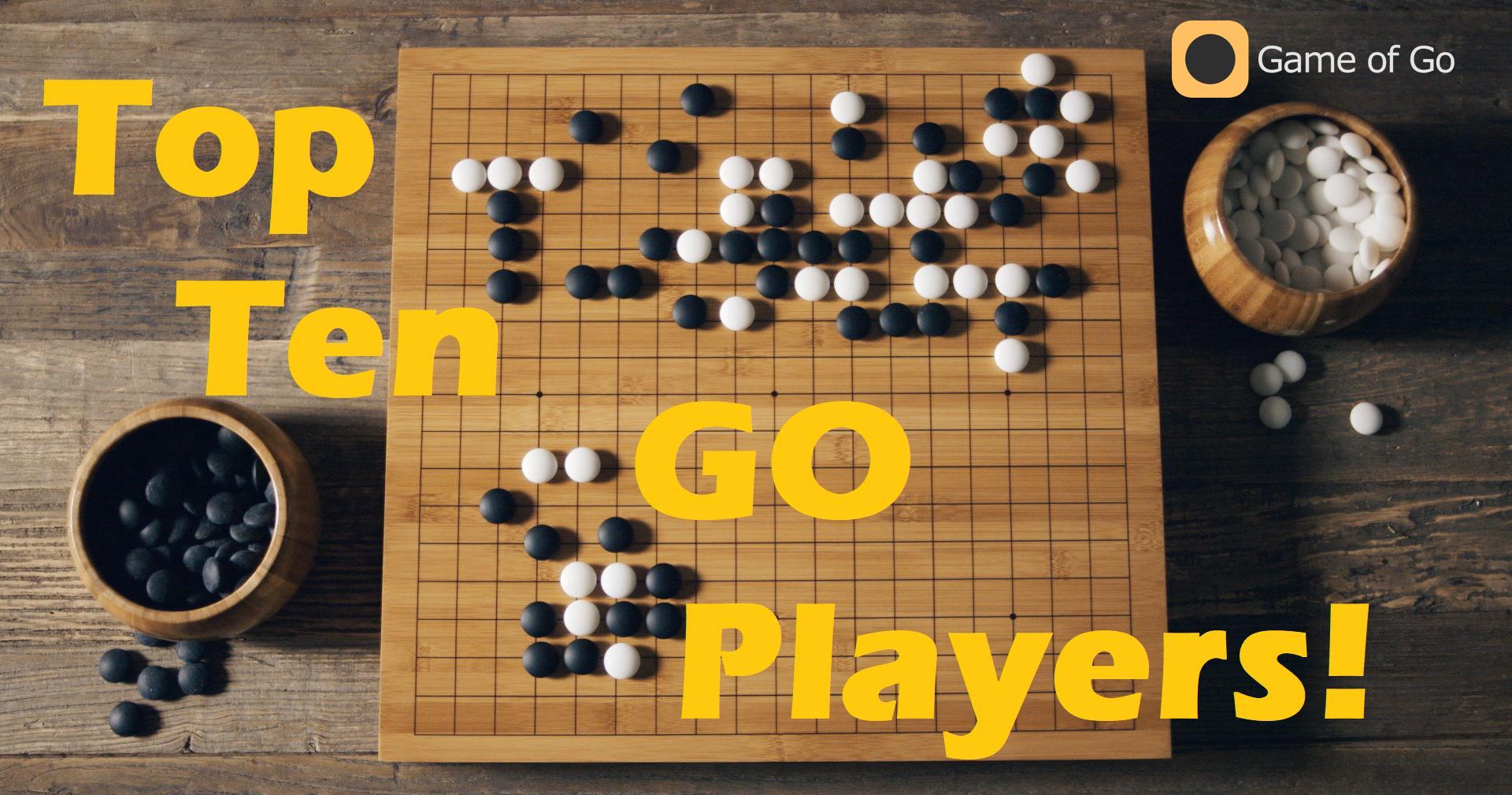
To help achieve our mission in bringing the ancient game of GO to the Western world, we have decided to share an informal list of some of the best players of GO throughout history. More often than not, a new-Western-player to GO has never even heard of a single GO player, let alone the masters.
Compiling a list of GO’s all time top players is not an easy task. The very-ancient game of GO has undergone many chapters throughout its illustrious history. Players from all walks of life, nations, and eras have tried their hand at GO. Contrasting these accomplishments are not absolute by any means. Subtle nuances of style and form observed between players from different eras is speculation at best. There is no final consensus on who the world's best GO players are, but we hope to give it a good go.
GAME OF GO’s Top Ten:
#10: Cho Hun-hyun (1953- ) 9 dan
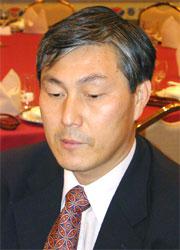
Nicknamed The God of War, Cho Hunyun is Considered one of the greatest GO players of all time. He became a professional by age 9 (youngest in Korean history) and has amassed more professional titles than any other player in the world, reaching over 1000 career wins by 1995. Cho began learning GO at the age of four. In 1982, Cho was promoted to 9 dan, becoming the first Korean 9 dan.
Since he became a professional GO player in the year 1962 he has won 1,935 matches and taken various championship titles, as many as 160 titles over 56 years; achieving an unprecedented record in the annals of GO history. In 2016 Cho decided to begin an aspiring political career; it is still aspiring.
Are you into Podcasts?
Come chat with your friends and all your favorite podcasters!
- Create a profile
- Follow podcasts
- Follow your friends
- Start discussing all your favorite episodes!
#9: Lee Sedol (1983- ) 9 dan

Lee Sedol (nicknamed The Strong Stone) may be recognized by our Western audience from the documentary AlphaGo which covered the artificial intelligence of the same name, developed by DeepMind Technologies. In March 2016 he played the notable series of matches against AlphaGo that ended in 1-4. After winning only one game in the five game match, humanity's last-stand against GO-AI dominance, Lee stated “I don't think I've ever felt so good after winning just one match. -- I will never exchange this win for anything in the world. -- I, Lee Se-dol, lost, but mankind did not.”
Lee began his career studying GO at the Korea Baduk Association. He turned pro in 1995. He was regarded as being the best player in the world in 2007- 08 and 2011-12. Lee is also respected for his strong GO fighting style and influence on the contemporary development of GO tactics. On November 19th 2019, Lee announced his retirement from professional games, stating that he could never be the top overall player of GO due to the increasing dominance of AI. Lee referred to them as being “an entity that cannot be defeated.”
#8: Lee Chang-Ho (1975- ) 9 dan
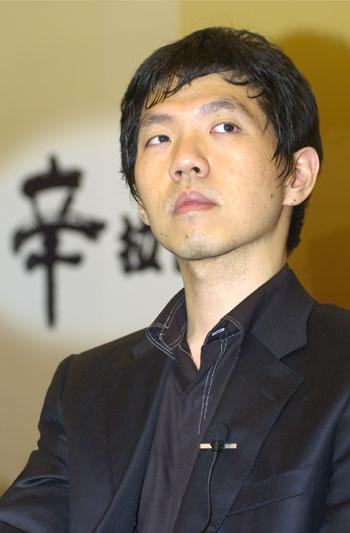
The Stone Buddha as Lee Chang-Ho is sometimes called for his stoic posture during games, is the only player to have won all eight international competitions at least once. He was a student of Cho Hun-hyun, and at age 11 was also the second youngest professional Baduk player in Korean history behind Cho Hun-hyun. Lee was considered the best GO player of the late 90’s and early 2000’s. He learned GO from his grandfather at the age of six.
He would often win by making his opponents think they were winning, only to gradually encircle them in the later stages of the game. He rarely captures large stone groups or makes single moves that decide his matches. His endgame skills are considered some of the strongest in history.
Cho Chikun once stated that Lee Sedol would eventually surpass Lee Chang-Ho due to his outdated playing style against a new generation of players. When asked if Lee Chang-Ho’s era was over, his teacher Cho Hun-hyun simply replied, “No.” Cho continued, by saying that Lee Sedol is just someone who has finally fit the description of a rival for Lee Chang-Ho.
#7: Cho Chikun (1956- ) 9 dan
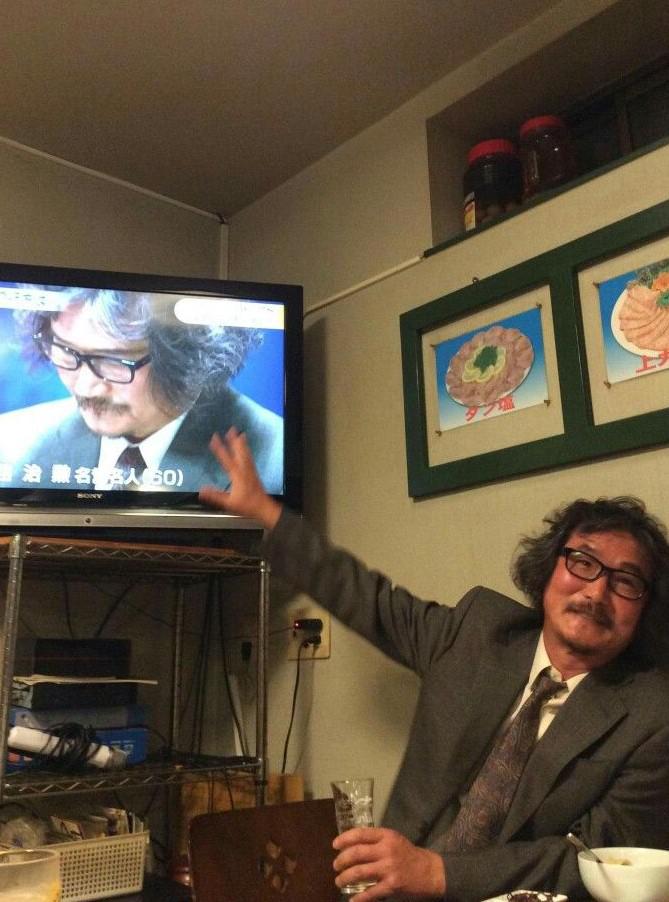
One of the most celebrated GO players of the 20th century is Cho Chikun, whose career has racked up a tremendous record. By his 1500th victory in April 2017, he had 1500 wins, 821 losses, 3 draws, and 4 no-results, for a winning percentage of 64.6%, over 49 years of playing GO. He is often referred to as the 25th Honinbo, an honorific title given for winning the Honinbo title five times in a row. He currently holds the record for the most number of Japanese professional GO titles.
Cho is known for his emphasis on opening positions, seeking to influence the overall game’s play. His style reflects a relaxed and flexible strategy, where he feels comfortable to experiment and alter tactics mid-game. When Cho won the Meijin title in 1980 he said: “I try to match strength with strength, lightness with lightness. My ideal is to play in such a way that no one can tell who the player was.” Cho now has his own GO dojo where he teaches a new generation of GO players. Over the course of his career he reflected that age does not have to be a limiter on having a competitive edge. Now in his mid 60’s Cho is still playing near the highest skill level in the world.
#6: Honinbo Jowa (1787-1847) 8 dan
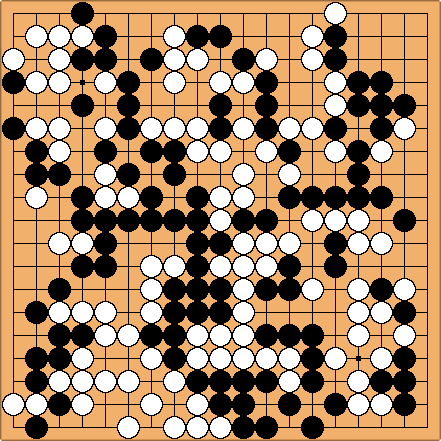
The Blood-vomiting game. Jowa vs. Akaboshi Intetsu
During the Edo period, when Jowa was young he wasn't a very good GO player and considered giving it all up. But based on folklore, Jowa played a series of games with Nagasaka Inosuke (2 dan) and lost 3 matches in the beginning. This loss had a great impact on Jowa making him want to give up entirely. He left the competition but couldn't find suitable lodging so he stayed at this old man's house where he played him GO. Jowa lost terribly to the old man. However, the game with the old man was a dream, and moreover he remembered all the moves the old man played against him.
Jowa returned to the match with Nagaska and improved his game massively, playing as though he was a completely different person. He later went on to become the best player of his era. His reign as Honibo was a controversial position as he would often refuse playing challengers to his title, and eventually was forced by contemporaries to play a game to resign. Little did they know however, this game (known as the Blood-vomiting game) would go down in history as one of the greatest GO games ever played, forever immortalizing Jowa’s reputation. Jowa played 3 of the greatest moves in GO history to seal his victory. After losing, his opponent Akaboshi Intetsu spit up blood onto the board and died. The three infamous moves were apparently told to Jowa by ghosts.
#5: XiPing Fan (1709-1769) & XiangXia Shi (1710-1771)
You may have noticed that these are two people not one. But it is difficult to separate these two from each other. Xiping Fan was a Chinese GO master who represented the highest level of GO skill, playing as though he were a GO god with each move. Fan would play fast and flexibly in an uninhibited style, often delivering unexpected game changing moves. He would beat everyone he played except his biggest rival and friend XiangXia Shi.
Also at the highest level of Chinese ancient GO was XiangXia Shi. He played a calm and steady meticulous game. Fan and Shi would play each other often; having been born in the same town and grown up together. Fan’s quick style would often leave him going on picnics, taking naps or going on strolls, while he waited for Shi to think his way through moves. Fan became a guoshou, an ancient Chinese GO pro status, at the age of 16 and Shi several years later.
They are both famous for their 10 game match against each other where each won 5 games, known as the Ten Games of DangHu. These games are heavily studied throughout history by aspiring GO players for their classical merit. Still worth a look today! Both Xiping Fan and XiangXia Shi wrote an extensive amount of material and books over GO.
#4: Honinbo Shusaku (1829-1862) 7 dan
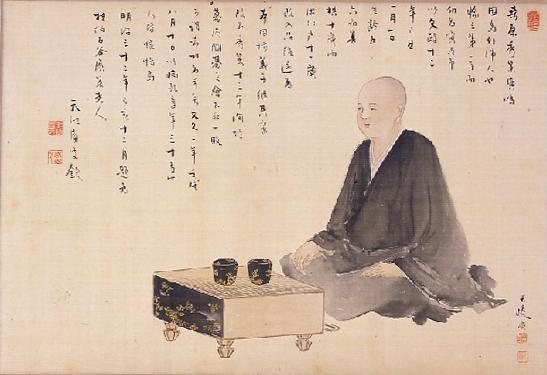
Nicknamed the Invincible Shusaku after winning 19 straight games during the annual competition known as the castle games, and later venerated as a GO Sage, Honinbo Shusaku is arguably the greatest GO player in 19th century Japan. His influence on GO is undoubtable, with his openings still being used today. Shusaku’s most famous game is known as the ear-reddening game, where it was observed by an onlooking doctor that Shusaku’s opponent, Inoue Genan Inseki, had his ears reddened with color (hence the name), indicating that he had become agitated after Shusaku placed a particular move.
This special move during this famous game was acknowledged as a divine move, and turned the whole game back towards Shusaku’s favor, winning him the match. Divine moves are thought of as, the hand-of-god, a perfect move at the most opportune and fortuitous time. Every GO player is taught to consider within every move, “is this the hand-of-god?”
#3: Honinbo Dosaku (1645-1702) 9 dan
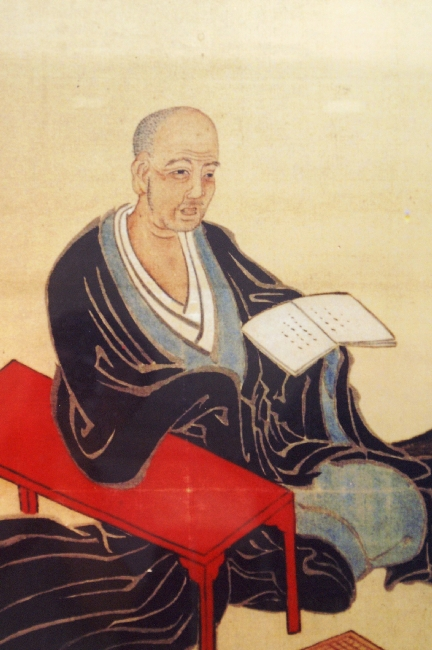
Honinbo Dosaku is considered by many to be one of the greatest GO players in history. He earned the title of Meijin at a very young age due to his unrivaled strength, defeating every player of his era. Dosaku later established the GO “dan” ranking system and took his vital role in modern GO history. Naturally giving himself the highest 9 dan rank; although some of Dosaku’s students would later claim he reached the level of 13 dan. Dosaku’s true mastery would never be known however, because during his lifetime there were never any worthy players who could greatly challenge him.
His plays and moves were later seen to re-emerge in the post 2016 AlphaGO era, hinting that Dosaku may have actually been playing at a near super-human level. Perhaps AlphaGO was the worthy challenger Dosaku needed?
Dosaku is also well remembered for his contributions to Go theory. According to Dosaku the greatest error commonly found in GO players is that they concentrate too hard. He claimed he could take advantage of this weakness in his opponents, and would prove it on many occasions giving demonstrations against any who would brave the loss. Dosaku had many students and left a lasting legacy, with his games and teachings being studied as the pinnacle of GO theory and strategy.
#2: Huang Longshi (1653- 1700) 7-13 dan
Also one of the greatest GO players in history beyond dispute is Huang Longshi, being from China at the same time, he was a contemporary of Honinbo Dosaku from Japan, and unfortunately they never met (What an epic match that could have been!). Huang’s influence inspired many great future players, including XiPing Fan and XiangXia Shi. Go Seigen said that Huang playing during modern times, would be a 13 dan; comparing him directly to Honinbo Dosaku, who many believe to be the greatest GO player of all time.
As for his unique style, Huang would use forceful moves to press his opponents into impractical form. While gaining territory he would attack. By playing moves that seemed normal, expected or even obvious, he left his opponents confused and not knowing how to respond. If they tried to pressure him out, Huang would play a surprise move or exploit the opponent’s weak point.
The famous book publisher, Deng Yuanhui once said of Huang:
“Longshi used his mind most meticulously. He sought to enter the deepest apertures. When it became a critical matter of life and death, and while the crowd were already helpless and at their wits' end, he was expertly exerting a subtle influence, and seeing more and more skillful ideas and magical effects; the air would suddenly change... and from death he would re-enter life.---- Longshi is like a heavenly spirit turned human. He is absolutely not of this world.”
#1: Go Seigen (1914-2014) 9 dan
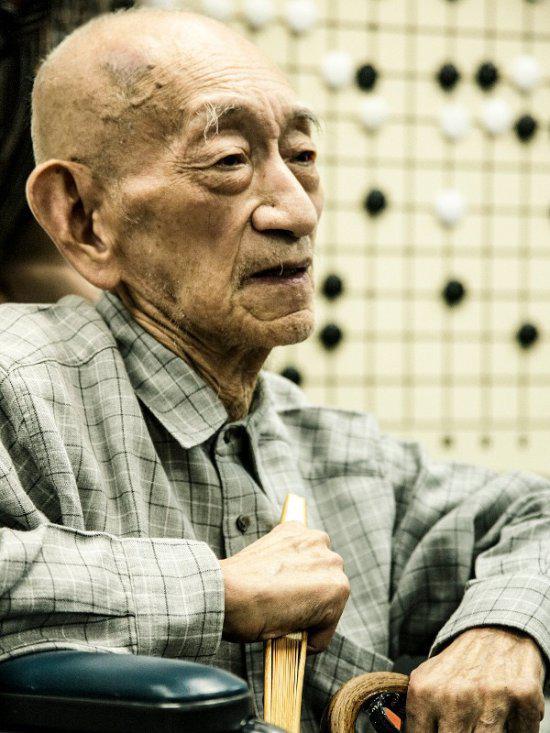
The Grandmaster Wu Qingyuan, or better known by the Japanese pronunciation of his name Go Seigen, is contemporaneously known by many as the greatest GO player of all time! He began his GO career in 1926 having reached the level of professional players just 3 years after learning how to play. This acquired him the reputation of being the GO prodigy. The Chinese-born Japanese Grandmaster, Go Seigen, beat every elite GO player among his era; which largely dominated the 20th century. His style and thoughts on the game directed the course of GO for future generations, until eventually artificial intelligence engines proved his GO theory correct. Not only was Go Seigen superior over the game, but his thoughts were beyond people of his time and later generations.

Go Seigen was known for his fast situational awareness and assessment of the board, as well as his notable fast-paced stone development and style. He would form his groups quickly, focus on the big scores, and did so while using much less game time than his opponents. He was exceptional at using stone-chain thickness and making large exchanges. Go Seigen was extremely intuitive and possessed exceptional judgment on position; his dazzling play has enthralled generations of followers.
Upon retiring from professional competition, in 1983, Go Seigen devoted himself to promoting GO for the century to come, continuing to lead study groups for professionals and share his thoughts about the game, which remain highly regarded. In 2006, the Chinese film director Tian Zhuangzhuang made an award-winning biopic about Go Seigen entitled “The Go Master” (film clip).
Go Seigen died of natural causes in Odawara, Kanagwa prefecture, Japan, on November 30th 2014, at the ripe young age of 100.

Go Seigen in 1952
Honorable Mentions:
~ Eio Sakata (1920-2010) 9 dan
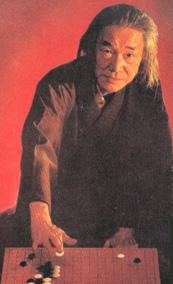
Eio Sakata, who could have easily made the top ten list, compiled a peerless record of wins and titles over the course of his career. He did this on his own, without mentors, inspiring many aspiring professionals to follow in his footsteps. Sakata was committed to the promotion of GO internationally, and traveled to China and other countries to further its development and proliferation. He played a pivotal role in ushering the game into the communication age, with televised GO games. Without his extensive influence GO would not be anywhere near as popular or well known as it is today.
~ Ke Jie (1997- ) 9 dan
Ke Jie is a Chinese professional GO player of 9 dan rank. Currently the highest player in China, and second only to Shin Jin-seo in the world rankings. Ke Jie still has great potential to reveal and is worth keeping an eye on.
~ Shin Jin-seo (2000- ) 9 dan
Shin Jin-seo is a Korean professional GO player of 9 dan rank. He is currently the highest rated player in the world, and the first player in history to reach an ELO ranking of over 3800 (with a highest so far rating of 3811.04).
~ Yi Qiu (????-????)
The oldest known record of a GO player in history, dating to over 2500 years ago, goes to Yi Qiu. He is the first person to have been acknowledged in history as being a GO player. He was an ancient Chinese Grandmaster of GO active during the Warring States period of China. Yi Qiu was described as the greatest player of his era. He was so brilliant at weiqi (Chinese for GO) that it was said nobody had ever defeated him! So, the honorific prefix of Yi (弈, an ancient term for weiqi) was added to his name. He is literally named after the game… or is the game named after him??? hmm
~ AlphaGO & AI
Finally we should acknowledge AlphaGO and the emergence of AI players of GO. AlphaGO developed by DeepMind Technologies was the first computer program to properly defeat a professional GO player. In the fateful game against Lee Sedol, humans won 1, and machines won 4. Since then, we have won no more.
However AI does not usher in the end of human GO play. If anything it encourages the exact opposite. A new breed of modern 21st century GO players use AI to help shape their game and sharpen their skills. Arguably AI will improve human GO play beyond the limits we would naturally be able to reach ourselves. Just imagine if Honinbo Dosaku had AlphaGO to help hone his skills. How far could he have reached?
Are you into Podcasts?
Come chat with your friends and all your favorite podcasters!
- Create a profile
- Follow podcasts
- Follow your friends
- Start discussing all your favorite episodes!
